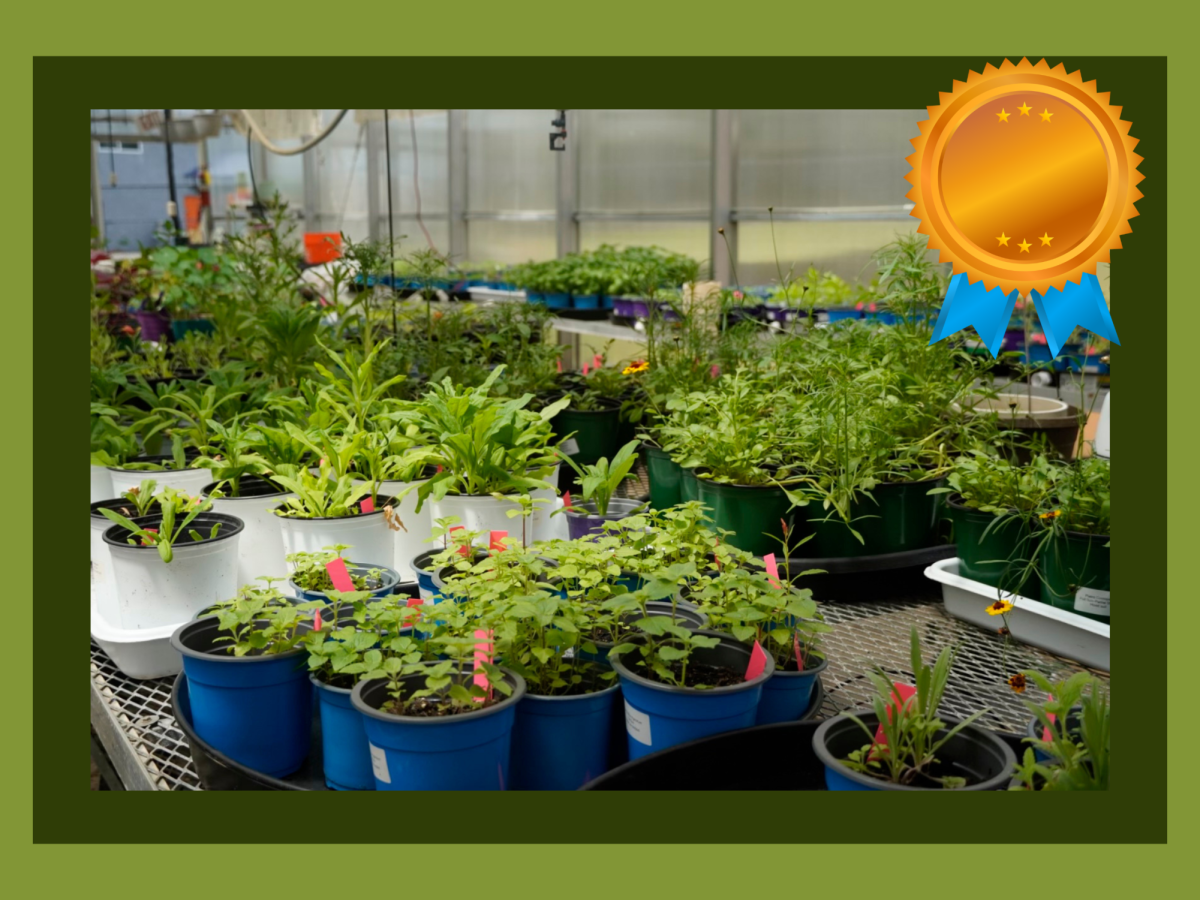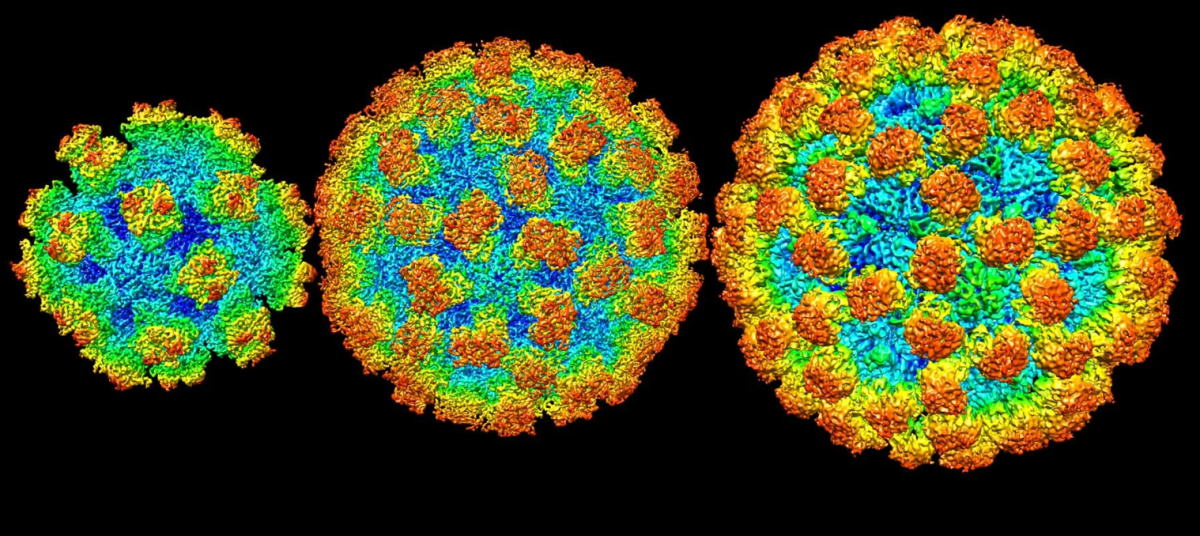June 8, the National Oceanic and Atmospheric Administration announced that El Niño Southern Oscillation (El Niño) conditions began to appear in the Pacific Ocean in late July of 2023. The last El Niño appeared in 2019, and the Oceanic Niño Index (ONI) identified the occurrence as weak. Now, weather scientists expect the Earth to re-enter into another El Niño after four years.
Typically, winds—named trade winds—blow west along the equator, transferring warm air around the globe. These winds then cause a process called upwelling, when cold water comes from the bottom of the ocean to replace the warm water to occur. Cold water typically possesses higher nutrient levels than warm water, which helps increase photosynthetic activity in autotrophs such as algae. The trade winds and upwelling benefit marine ecosystems worldwide, making them necessary to life.
However, El Niño, a phenomenon first noticed by fishermen in the 1890s, causes these winds to slow, stop or even change directions. When the trade winds change directions, they also impact the upwellings, which decreases ocean productivity. The stronger the El Niño, the greater the decrease in upwellings that the ocean experiences. Stronger than past El Niños, the current El Niño will increase negative effects on ocean productivity. As stated earlier, El Niños impact the upwellings that increase photosynthetic activity in ocean producers; the decrease in cold ocean water brought by upwellings decreases the number of producers in the water, which specifically impacts anchovy populations since they have fewer producers to feed off of.
“Scientists have said that this El Niño is developing quickly and will be strong. With warmer atmospheric temperatures and ocean temperatures in place before the El Niño, it could cause some of the most extreme events associated with an El Niño across the globe,” AP Environmental Science teacher Julie Hopp said.
El Niño does not only cause change in the ocean, though; the phenomenon impacts weather globally. Since El Niño weakens trade winds, this causes abnormal weather, specifically in areas that border the Pacific Ocean. Namely, El Niño will cause dryer weather throughout East Asia and Australia, but the Western Americas will experience above-average rain and humidity. This change in weather may engender numerous effects for the areas it will hit the hardest. For example, Asia may experience drought or even wildfires due to the uncommon dry season it will undergo, and the United States West Coast may encounter disasters such as flooding.
Though El Niño does not directly affect Georgia, citizens may still expect changes. Since El Niño impacts the trade winds worldwide, the globe will see changes all around, albeit subtle. Georgia particularly can expect to see higher precipitation, similar to the change expected in the Western United States, though not on the same scale.
“Depending on the El Niño, it could impact the jet stream which influences Georgia’s weather. If the jet stream changes, Georgia could experience above-normal precipitation and below-normal temperatures for some portions of the state. It has been predicted that this El Niño could continue through March 2024, so it could be a rainy and cold winter and maybe snow,” Hopp said.
Overall, the El Niño phenomena may cause changes in weather in the upcoming months. While Georgia will not see the height of these impacts, citizens may see evident effects as time continues into the El Niño season.





















